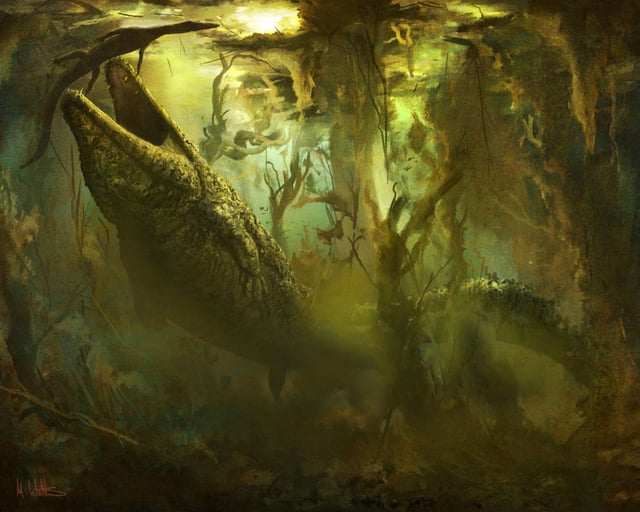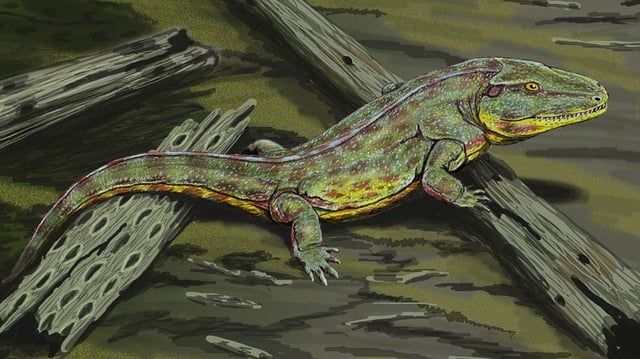Overview
- The end-Permian mass extinction, 252 million years ago, wiped out up to 90% of Earth's species, creating a 'tropical dead zone' of uninhabitable conditions.
- Temnospondyls, ancient relatives of frogs and salamanders, survived by feeding on freshwater prey and maintaining a generalist diet, avoiding competition with terrestrial predators.
- Research on 100 temnospondyl fossils revealed their body sizes and ecological roles remained largely unchanged during the crisis, with some species thriving in diverse aquatic niches.
- Despite their adaptability and ability to cross the tropical dead zone during cooler periods, temnospondyls began to decline as dinosaurs and mammals diversified in the Middle Triassic.
- The findings highlight the resilience of temnospondyls and provide insights into how amphibians may respond to modern environmental challenges like climate change.


